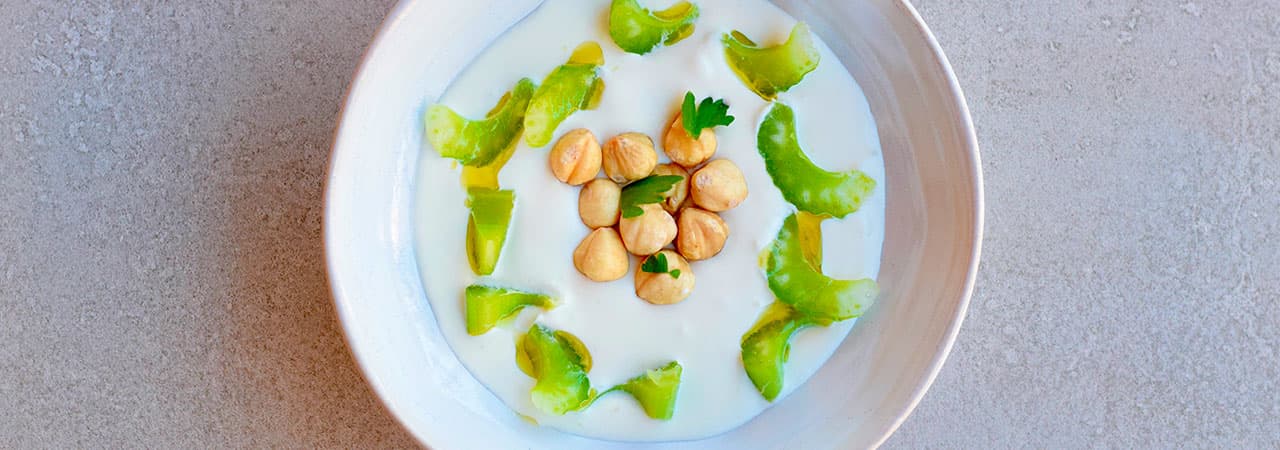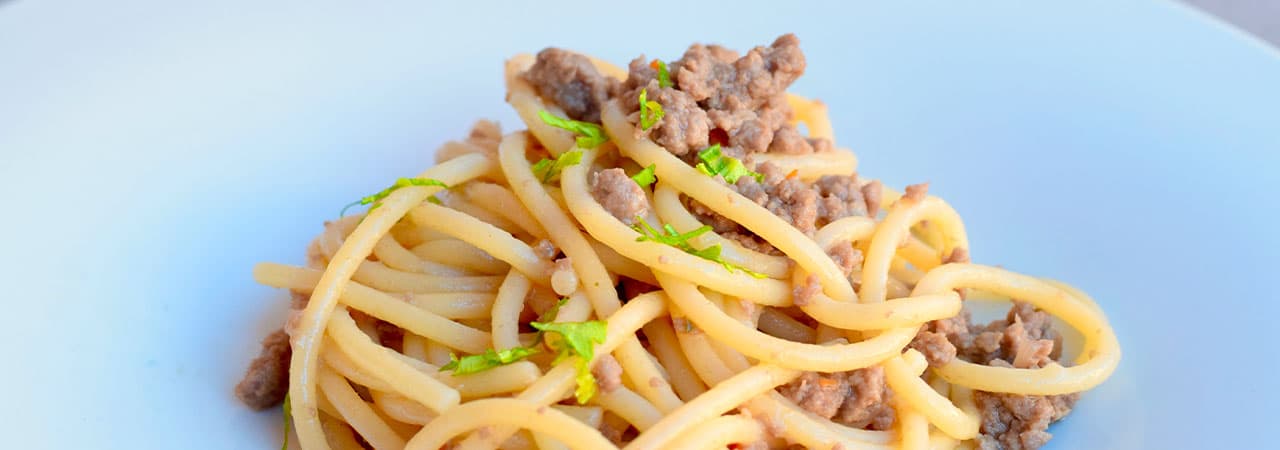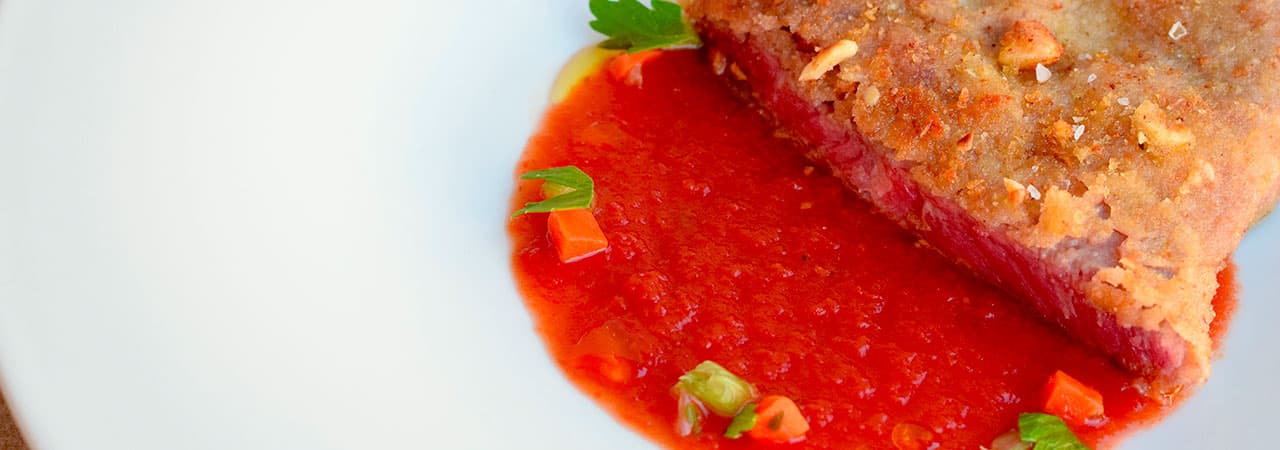february 2022
PAITIN
Of all the wineries we have selected so far, Paitin is the one with the most amount of history behind them and their website shows the incredible amount of research our friend Luca and his family have put together in recent years. A genetic mix between the first roman settlers in Alba from the first Century B.C. and Spanish soldiers during the Middle Ages, Luca, born is a wine nerd. I will always remember the first time he showed FASHIONABLY LATE up at one of our Blind Tastings, in a convertible playing Pink Floyd. That night he guessed correctly an Arneis by Pescaja saying that he had recognized the sauvignon blanc selected yeast used for primary fermentation. Spending time in Serraboella and hanging out with him has taught me a lot and will continue to do so. Paitin is synonym of history and quality, and has been for a very long time. His ancestors were already part of the oenological school and elite in the 1800s. Luca is now the 8th generation carrying the Paitin winery name. The winemaking approach is obviously very classic, the wines of Serraboella have a distinctive expression: dark and vibrant, profound and long running, tense and elegant. Age them, drink them, they will make you happy no matter what.
Here’s a message from Paitin to you:
“Every year the roots go deeper, and every year the fruit mirrors this lasting bond. In the same way every year green arms sprawl out to give a renewed original character to the fruit. An equilibrium among persistence in the character and talent of variability. This is nature’s verb. The understanding of this verb resides in farmer’s experience. To know all the shades of its own vineyards and the wisdom to react at their mutations. The grower establishes an empathic connection with everything around them. This fragile sensibility can only be learnt persevering through generations. Accomplished by knowledge handed down from father to son.”
Our selection and when you should pop that cork (our modest opinion):
- Barbaresco Sorì Paitin 2018: Drink now – 2030
- Barbaresco Serraboella 2018: Drink now – 2028
- Freisa 2019: Drink now – 2025
GIACOMO FENOCCHIO
Hidden in the secrecy of Bussia, the largest cru of the Barolo valley, Giacomo Fenocchio wines are some of the best Piemonte buys right now. A classic, noninterventionist winemaker that will somewhat remind you of Conterno and Mascarello in style: pure, linear, crystal clear wines with great terroir expression. Five generations of Fenocchios have been producing wine from their holdings in Monforte d’Alba since 1894. Claudio Fenocchio is today very modern in terms of sustainable and organic farming but never strayed from the path of tradition: long fermentation on the skins and large Slavonian oak casks. The view from their winery is incredible and we like to take people there during our wine tour because of the very special atmosphere they create. Come see us in Langhe and we’ll pay them a visit together!
Our selection and when you should pop that cork (our modest opinion):
- Barolo Bussia 2017: Drink now – 2028
- Barbera 2020: Drink now – 2024
- Nebbiolo 2020: Drink now – 2024
CASCINA GASPARDA
A brand new project from Monferrato, at about one hour from Alba, Cascina Gasparda is a fascinating, biodynamic farm making some exceptional, uber natural wines in gorgeous spot and terroir that has been definitely attracting many other winemaker’s attention lately. 10 hectares are equally divided between vines and wild forest, a key element to ensure biodiversity (I wish we could say the same about Barolo). The Salvaneschi family has been making wine for 3 generations, but it wasn’t until 2010 that they decided to produce their own label and actually sell it. Roberto Salvaneschi is a kind, quiet guy who took over the family farm, created his own label (he’s also a graphic designer) and started applying the old winemaking techniques his dad and grandfather had taught him. He says that to live as a winemaker you have to want it and it has to come from within – it cannot be approached just as business or because it’s in fashion. Wines that are purely business lack soul. We’re very proud to support such a wholesome project and we are very big fans of his wines You’ll find them direct, wildly honest and with a very unique voice.
Our selection and when you should pop that cork (our modest opinion):
- Freisa 2018: Drink now – 2026
- Barbera del Monferrato 2018: Drink now – 2026
- Suetta: Drink now
CASTELLO DI PERNO
Perno is a small hamlet in the heart of the Barolo valley, its beautiful and somewhat secretive castle is a very important piece for Italian literature. During the 20th century, it hosted the Einaudi publishing company and it was the literary retreat of some of the most important writers such as Calvino, Pavese and Primo Levi. The castle was closed for many years, until Gregorio Gitti, professor of civil law at the University of Milan and lawyer, purchased in 2012 with a double intent: restoring its cultural role as an artistic location while creating a state-of-the-art winery and destination. We were invited by Castello di Perno to taste the wines and visit the property and we’re very happy to support and collaborate with such an incredible project. The wines are made by our very talented friend @gianlucacolombovini, the man behind Segni di Langa winery, which was in one of the very first shipments. He’s possibly the most renowned enologist in the area at the moment, his wines are laser-sharp and 100% dedicated to enhancing the terroir of each plot. Try them out and come see the Castle!
Our selection and when you should pop that cork (our modest opinion):
- Barolo 2016: Drink now – 2030
- Nebbiolo 2018: Drink now – 2023
- Barbera d’Asti 2018: Drink now – 2023

Ricotta Guazzetto with marinated celery and toasted hazelnuts
What you need:
- - 5 oz of whole milk ricotta
- - 1/2 cup of heavy whipping cream
- - 1/4 cup of whole milk
- - 2 stalks celery
- - 1 oz of toasted hazelnuts
- - 1/4 cup of lemon juice
- - salt
- - pepper
- - Olive oil
- - immersion blender or a Mixer
- - a tall cup or container
How it is done:
In a tall container or in a mixer blender put the whole ricotta, the milk and the cream, a splash of olive oil, season with salt and pepper. Mix at the highest speed for ten to twelve seconds, the guazzetto should result into a cream of a medium density, as thick as chowder soup. Clean the stalk of celery, remove the leaves, and cut it in pieces of about half an inch. Put it into a bowl and season it with olive oil, salt, pepper and the lemon juice. Mix it properly and let it rest for at least 30 minutes, better overnight.
To make polenta use a large pot, put one litre of water and the butter, let it boil and then add a generous pinch of salt. Throw in the corn flour slowly and stir the whole vigorously until it is a smooth rich cream-like paste.
How to serve:
In a deep dish or in a bowl put the guazzetto at the bottom and let it spread throughout the length of the dish, rinse the celery pieces and put them on the guazzetto in no particular order. Complete by putting a handful of nuts in the middle, garnish with some petals or your favourite decoration.

White Piedmontese ragù linguine
What you need:
- - 5 oz of grounded beef
- - 5 oz of Italian sausages
- - 2 carrots
- - 2 stalks celery
- - 1 onion
- - 1/3 cup of unsalted butter
- - 8 oz of beef stock
- - 1/2 cup of red wine
- - 10 oz of linguine
- - salt
- - pepper
- - one large pot
- - one high-top pot preferably cast irons
How it is done:
Start by cleaning your vegetables, and then ground everything into tiny pieces. In a high top pot, put the butter and the grounded vegetables, cook at medium heat for approximatively 3 minutes, then remove the skin from the sausages, then put the meat out and add it in the pot as well as the grounded beef. Cook the meat completely then add salt and pepper to season. Add the red wine and let it evaporate completely. At this point add your hot beef stock and lower the heat. Cook the ragù until the broth is reduced by 3/4, then set aside. Bring to a boil some salted water in a large pot ; when boiling dip in your linguine, cook for approximately 11 minutes or to the desired cooking point. Throw the cooked pasta in the ragù, add two spoonful of cooking water and whisk it vigorously util all is seasoned evenly.
How to serve:
In a large dish, roll your linguine like a nest using a tongs and a scoop. You can complete the dish the traditional Italian way with a generous handful of grated parmesan cheese.

Grissini cotoletta, burnt tomatoes sauce
What you need:
- - 10 oz of ribeye steak
- - 7 oz of grounded grissini
- - 1 and 1/2 oz of toasted hazelnuts
- - 2 large eggs
- - 1 and 1/2 oz of unsalted butter
- - 3 tomatoes
- - 2 green onions
- - salt
- - pepper
- - extra virgin olive oil (hopefully the RocknrOil developed by Pier and Chiara)
- - one food processor
- - two large cups
- - one grater
- - one large pan
How it is done:
Start by preparing the breading mixture, in a large cup add the grounded grissini, a pinch of salt, and grate half of the hazelnuts, and cut grossly the rest add both to the mixture, and mix it evenly. Now you can cut the ribeye steak into slices about 1 inch thick and remove the excess of liquid with a paper towel. Season it both sides with salt and pepper, whisk the eggs quickly with a pinch of water, throw the steaks in, and then add the cups with the breading mixture; if you like your breading to be thicker repeat this process twice. Let the steaks sits in the fridge for at least half an hour. Take the fresh tomatoes, clean them properly and cook them on a charcoal grill. If you don’t have a grill just put it in an hot oven at 500° and let it roast for 5 to 10 minutes. In any case the skin of the tomatoes should turn black and burnt and the inside just slightly softer then before. Now put the whole tomatoes in a food processor, with the chopped green onions, three tablespoons of extra virgin olive oil and salt and pepper to season. Mix it until smooth and saucy. In a large pan melt the butter with one tablespoon of olive oil, when hot, remove the steaks from the fridge, put it in the pan and start cooking two minutes per sides. Keep adding the remaining butter in the pan on the top of the steak, when golden and crispy set aside and dry the excess of grease with a paper towel.
How to serve:
In a large dish put the burnt tomatoes sauce at the bottom and place the steak, cut in half at the top, complete with a sprinkle of malden salt a some drop of olive oil.

Hazelnuts pannacotta, blueberries coulis, vanilla biscotto
What you need:
- - 1 and 1/3 pound of heavy whipping cream
- - 10 oz of whole milk
- - 3 and 1/2 oz of toasted hazelnuts
- - 4 oz of blueberries
- - 2 oz of eggs white
- - 3 oz of sugar
- - 2 oz of unsalted butter
- - 2 oz of white flour
- - vanilla extract
- - salt
- - one immersion blender
- - one bowl
- - one large pan
- - one high pot
How it is done:
Put in the large pot the whole milk and the hazelnuts, start cooking at low heat until little fat drops are formed on the surface, then blend everything until smooth. Add the cream, a pinch of salt and 1 oz of sugar, whisk it well and let it cook at slow heat until it thickens to the consistency of a medium dense custard. Let it cool it down for a couple of minutes, and then place it in the serving glasses, and let it rest in the fridge until it’s served.
For the blueberries coulis: rinse the blueberries, then dry it properly, throw the blueberries in a large pan, add a pinch of salt and let it cook until the majority of blueberries dissolve into a thick looking sauce.
To make the vanilla biscuits, start by mixing in a bowl: 2 oz of eggs white, 2 oz of sugar, 2 oz of white flour. Mix it until smooth and of the consistency of a rather liquid pancakes batter. Add then a spoon of vanilla extract and mix it again. Heat a pan and throw the batter in forming thin discs vaguely larger than the glass you put the panna cotta in, let it cook for 30 to 40 seconds, then flip it and complete the cooking for other 20. Let the biscuits cool down, they will turn light and fragile.
How to serve:
Take the glass you put the panna cotta in, cover it with two tablespoon of blueberries coulis. Then put on the top of the glass the biscuits, and decorate it as you prefer: chopped or entire hazelnuts, flowers, or any spice you like would fo the trick. When you serve it, have fun in breaking the biscuits on the rest of the food and enjoy.
